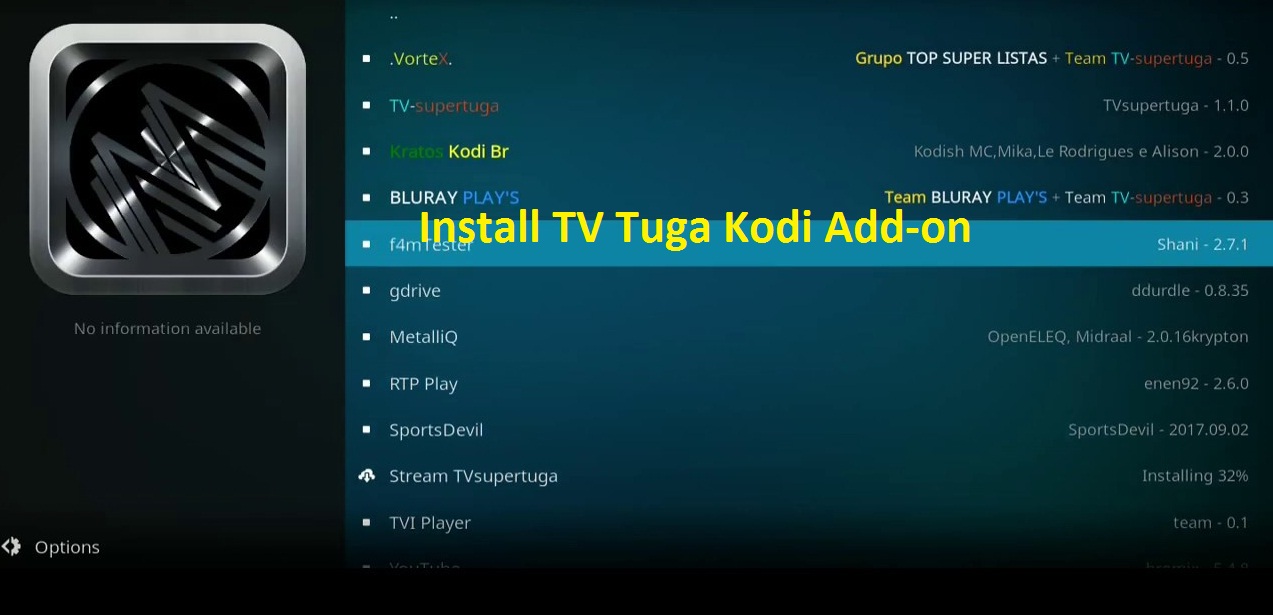Even though simulators provide many useful capabilities, many developers agree that testing an application on real devices is the most reliable method. As simulators have some restrictions, it is advised that the application be tested on real mobile devices. Simulators are best used in the early stages of software development because they resemble the real testing environment closely. It’s possible to use genuine devices to extensively test mobile applications.
This approach may get expensive because you would need to purchase real devices to test applications. You might need to upgrade your tools to follow the most recent market and sector trends. This is due to the continual production of new apps and updates.
When testing experts automate routine test cases with the frameworks like Selenium or Appium, test cycles can be delivered more quickly. Consider getting the most recent model of each gadget if you want to give users a better experience.

Let’s discuss real device testing in deep and know more about it:
How and When Should Real-Time Device Testing Be Used?
The most straightforward approach is to test on real devices both at the end of the delivery cycle and during the development and testing of the system. By doing it this way, you can be assured that real-device testing results are reliable just before the product is released without having to worry about it slowing down your delivery pipeline initially.
Any problems found while testing your application on a real device should be trivial and simple to fix, assuming your program has passed all of the tests before.
Nevertheless, there are a few circumstances where testing on a real device must be done first. It will usually be worthwhile to invest the extra time and effort to test your app on real devices as soon as possible if it is heavily reliant on the mobile device’s hardware.
The easiest way to avoid having to rewrite a considerable amount of code to remedy hardware-related issues is to identify them as soon as feasible.
Or, to put it another way, you should test on real devices as early as regularly as you can if your application heavily depends on the hardware features included in a device. There is no reason why you can’t also employ emulators and simulators. If it isn’t, however, you’ll most likely be able to get away with real-device testing in the end.
Also Read: 5 Things You Should Add to Upgrade Your Home Office
Comparing the use of real devices with virtual ones for testing mobile and web applications and services:
Developers can more correctly assess their products by simulating and testing them on virtual mobile testing devices that simulate the software environment of real-world smartphones.
These replacements appear very much like actual electronic equipment, but they are not exactly the same. Even though emulators are excellent at simulating the testing environment of actual devices, they have some drawbacks.
However, even with the best settings, it is possible to still detect a reflection of the genuine device when using an emulator. Real devices can be used to anticipate an application’s performance most precisely because they are exposed to a variety of environmental conditions.
Unseen variables including the device’s age, temperature, and humidity, as well as the number of other applications running on the device and the environment’s humidity, may have an impact on how effectively an app performs. Real gadgets, on the other hand, have their own special set of benefits and drawbacks.
It is difficult to debug a smartphone using a valid device. Debugging is more effective when done on emulators than on real hardware.
Simulators, on the other hand, are faster than emulators and real devices. Simulators are also a better testing tool for programs that are relatively simple when compared to emulators and real devices. Simulators, on the other hand, can be acquired for less money, making them more affordable for more testers.
Even though virtual mobile testing devices have a lot of advantages over their physical counterparts, there are some features that they will never be able to replicate. Certain features, such as the device’s push-up alerts, incoming calls, battery, and camera, among others, are quite challenging to accurately imitate.
What are the advantages of using real device testing for web applications?
You must confirm that user interaction has been tested before releasing the software to the public. Using a mouse and keyboard on the simulator differs from tapping away with a finger on a mobile device. For app testing, it is strongly advised that you invest in real hardware. For more in-depth details, keep reading to learn more about the benefits of real device testing:
1. Competence in carrying out the test in real-world conditions
Nowadays gadgets are controlled with the fingertips, simulating how things would work in the real world. Because of this, it facilitates the testing of applications in real-world settings, implying that the app will be utilized in various settings.
Thus, all aspects of the real world are considered, including broken equipment, network problems, and weather conditions.
2. Testing across different platforms
Comparing and analyzing how well the program performs in various scenarios is made easier by testing it on real devices running various platforms, operating systems, and versions. You won’t have to worry about getting false outcomes because accurate device testing yields actual findings, which disclose all the performance issues in the device or the environment.
3. App Usability
The quality assurance team should use real devices to test any usability issues with the app. The testers can create and execute the test documentation on a real device. To deliver a positive user experience, testers must run tests across various mobile devices and browsers.
A precise test of the gadget establishes whether or not the image can be viewed both during the day and at night, as well as the appearance and user interface of the program.
To determine whether or not the program is user-friendly and to ensure that end users are satisfied, it is helpful to test the application on the user’s real device.
4. Performance Evaluation
Accurate real-world testing in current circumstances helps assess the availability and speed of reactions in mobile apps for critical transactions. It allows the tester to assess how well the app’s front and back ends run on real mobile devices under various network circumstances.
5. Testing
Test your app for various sensors and specifications, which your app relies on to carry out accurate testing. If your program integrates functionality that depends on specific types of sensors, having this knowledge is crucial.
When you test your application on a real device rather than a simulator, you can see how it will behave when communicating with mobile technologies like GPS, Bluetooth, camera, and fingerprint sensor.
6. Reliable
Testing on simulators or emulators is less trustworthy than testing in a more accurate simulation of the real environment. There is no longer any possibility of inconsistent test results when testing a real device correctly. Compared to simulations and emulators, it offers a higher level of accuracy.
Because the mobile operating system is not being used on a real device, emulation testing presents several challenges.
The simulators never offer a replica of the mobile operating system, but their behavior is comparable to that of the real device. Thus, the best platform for testing applications is typically actual devices.
7. Storage and Memory Requirements should be tested
A camera, memory, and a processor are a few examples of the hardware apps need. On a gadget with less memory, it is more likely to malfunction or operate more slowly (RAM). On smartphones with a larger memory capacity, it performs exceptionally well. Testing on actual devices helps to better understand the hardware requirements for the app.
Also Read: How to install playbox ios 10 in simple steps
Real Device Testing with Selenium and Appium
Testing websites or web applications on real mobile devices, such as iOS and Android, is called mobile web automation. When websites and web apps are tested for how they look and function on actual hardware, it is ensured that the test will function properly in real-world conditions, have increased performance, and increase test coverage (across devices).
With LambdaTest, you can perform automation testing of mobile web applications on a wide range of real Android and iOS devices using Appium. You have access to a wide range of original equipment manufacturers (OEMs), like Samsung, Xiaomi, Apple, and many more, to test on mobile devices.
There have been various misunderstandings when Selenium and Appium have been spoken in the same sentence. In addition to being an inspecting tool, Appium is a framework for automating mobile tests for native, hybrid, and mobile web apps that run on iOS and Android. Selenium’s WebDriver interfaces with iOS and Android apps by using the JSONWireProtocol protocol exclusively.
In other words, if something functions with Selenium, it most likely functions with Appium. This is because the framework is effectively a wrapper that, depending on the type of device being tested, converts Selenium Webdriver commands into UI Automation (iOS) or Selendroid commands.
Thousands of actual mobile devices are available from LambdaTest, covering virtually every brand and model of smartphone, tablet, and operating system combination. By running your Appium tests on numerous devices using the LambdaTest Real Device Cloud (RDC), you can ensure that your app functions accurately and consistently across several devices in the real world.
Along with a private option where users can choose a selection of devices only available for usage within their organizations, LambdaTest offers a sizable pool of public devices available to all clients.
Appium and Selenium automated real-device testing is performed on native mobile apps or web apps accessed through a mobile browser. The above article briefly states how real device testing is very effective in building web applications and programs. The list of benefits will help you dive deep into real device testing and how you can master it to be an expert in your field.




